
How to get URL link on X (Twitter) App

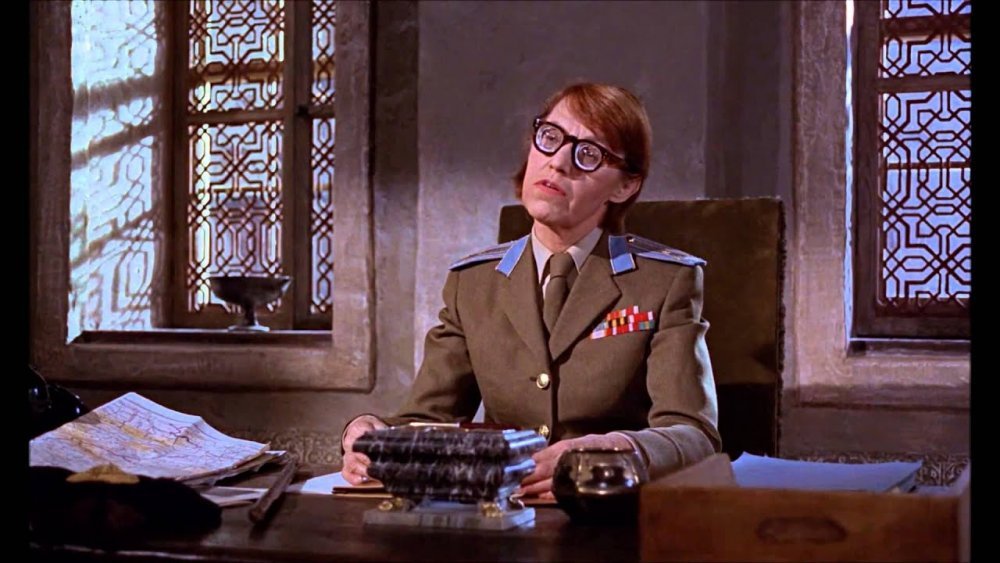
https://twitter.com/vonderleyen/status/2003818915483517175Censorship is Speech

 But why only dads? Let's not be chauvinists here. Plenty of gearhead moms and other special gals who might appreciate an automotive gift under the tree. Why schlep to the mall for a mindless diamond trinket, negligee, or vaccuum cleaner when you could give her the gift of Fordite?
But why only dads? Let's not be chauvinists here. Plenty of gearhead moms and other special gals who might appreciate an automotive gift under the tree. Why schlep to the mall for a mindless diamond trinket, negligee, or vaccuum cleaner when you could give her the gift of Fordite?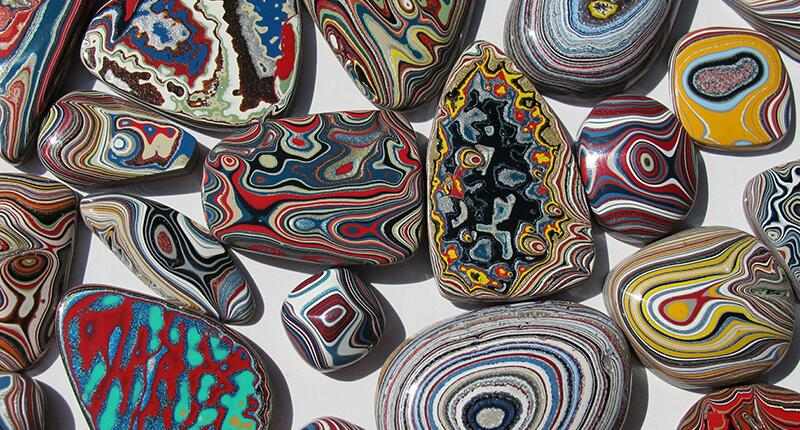

 Meanwhile up in Detroit, Ford was making their own version of the government-spec Jeep, the GPW. They were virtually identical to the Willys MB, except a script Ford stamping on the gate instead of the block Willys logo. And a few bolt heads stamped "F" vs "W."
Meanwhile up in Detroit, Ford was making their own version of the government-spec Jeep, the GPW. They were virtually identical to the Willys MB, except a script Ford stamping on the gate instead of the block Willys logo. And a few bolt heads stamped "F" vs "W."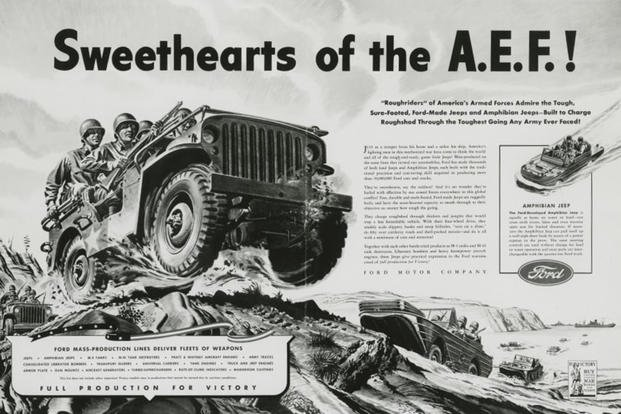
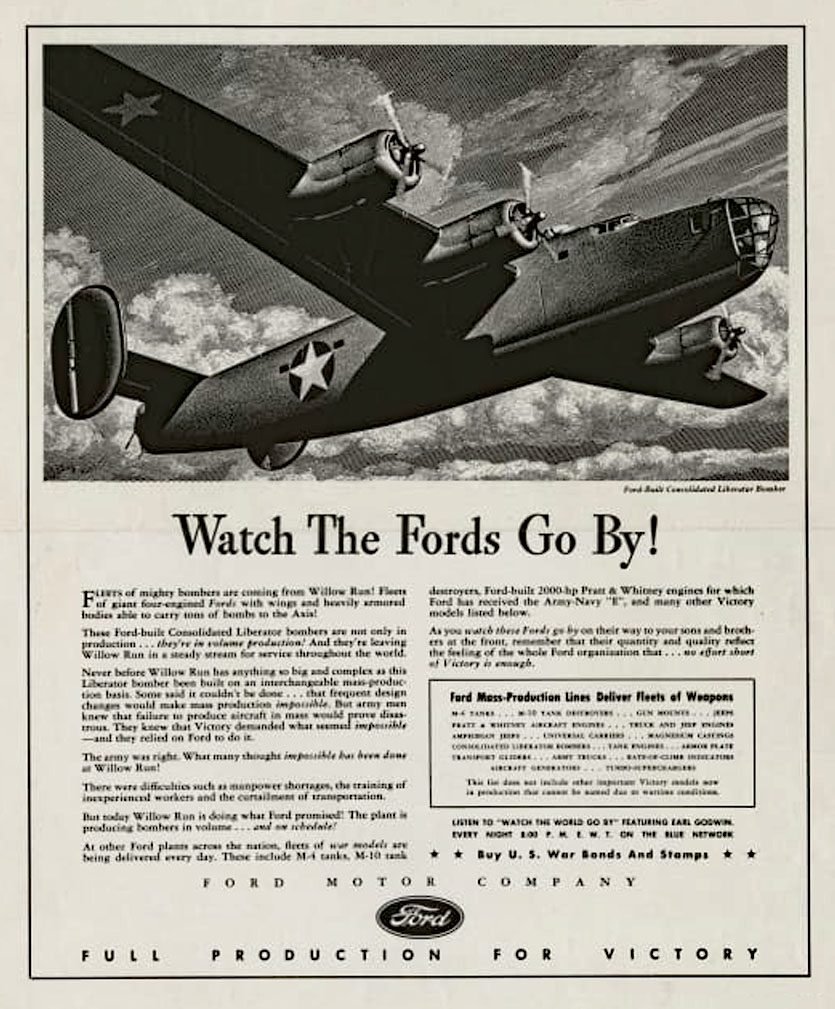

https://twitter.com/TrojanFBx/status/1988314083888972265🎵Fight On for ol' SC, our men fight on to cop a plea🎵




https://twitter.com/BulwarkOnline/status/1987566236478181454If you actually believe there is some vast Amazon lost tribe of Hick People out there in Flyover Country whose only connection to civilization is PBS and NPR, then I'm afraid you're the one living in an information desert


 The rivalry I alluded to regarding Lincoln was between two of the true titans of the car industry: Henry Leland and Henry Ford. It's a rivalry that still exists today, nearly 125 years later.
The rivalry I alluded to regarding Lincoln was between two of the true titans of the car industry: Henry Leland and Henry Ford. It's a rivalry that still exists today, nearly 125 years later. 


https://twitter.com/KevinRobertsTX/status/1983958755613262324
 "no enemies on the right" promises to be the same boffo ballot box winner for the GOP that "no enemies on the left" was for the Dems
"no enemies on the right" promises to be the same boffo ballot box winner for the GOP that "no enemies on the left" was for the Dems
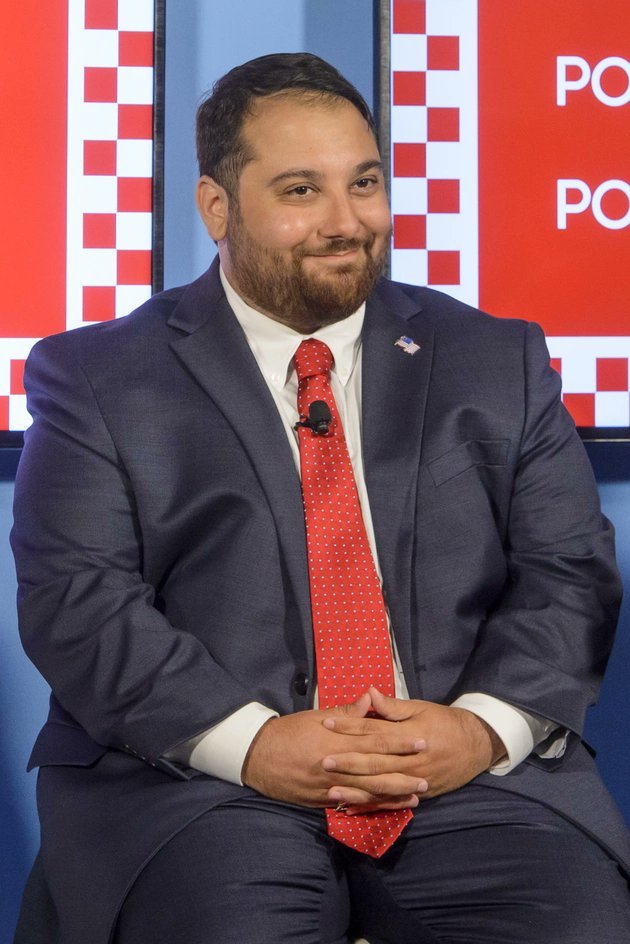




 I could blather endlessly about Michigan car industry, a had hundreds of of choices for its two conference reps. In this case, I could pick brands made just off-campus.
I could blather endlessly about Michigan car industry, a had hundreds of of choices for its two conference reps. In this case, I could pick brands made just off-campus.
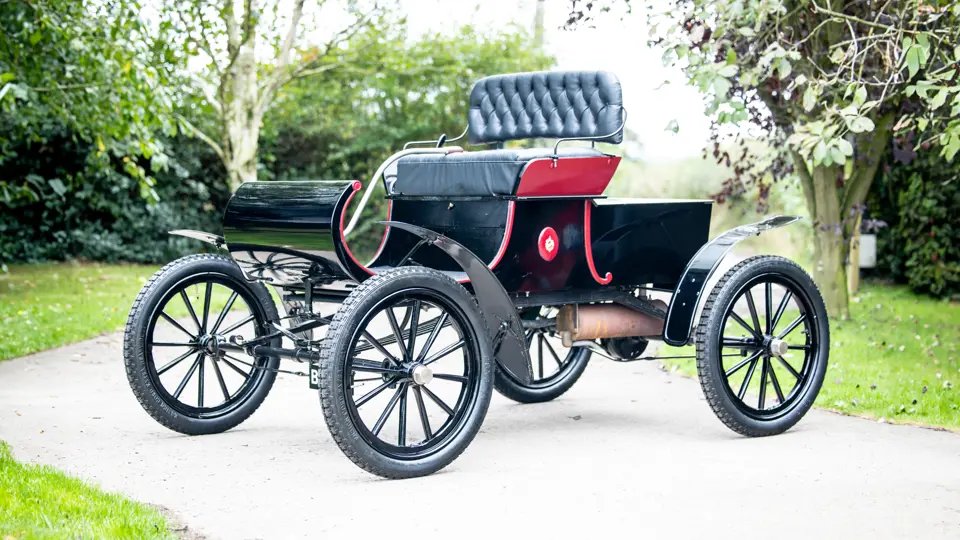
https://twitter.com/TheFP/status/1975179343438467095This thing is not over until the wails and lamentations after Paramount buys CNN

 Being of a hot rod bent, my favorite Model Ts tend to be a little juiced up. #1 here is my late pal Norm Grabowski and his Cadillac-powered 1922 roadster, later to become the "Kookie T" of 77 Sunset Strip. #2, "TV" Tommy Ivo with his 1925 T-bucket sporting a fuel injected Buick Nailhead. #3, the Camfather, Ed "Isky" Iskenderian behind the wheel of that 1924 OHV conversion flathead hot rod that he built in 1939. 104 year old Isky and his 101 year old hot rod are still alive and kicking. #4, Blackie Gejeian - the closest thing ever to a real life Fonzie - and his chromed-out, flathead V8 powered 1926 roadster.
Being of a hot rod bent, my favorite Model Ts tend to be a little juiced up. #1 here is my late pal Norm Grabowski and his Cadillac-powered 1922 roadster, later to become the "Kookie T" of 77 Sunset Strip. #2, "TV" Tommy Ivo with his 1925 T-bucket sporting a fuel injected Buick Nailhead. #3, the Camfather, Ed "Isky" Iskenderian behind the wheel of that 1924 OHV conversion flathead hot rod that he built in 1939. 104 year old Isky and his 101 year old hot rod are still alive and kicking. #4, Blackie Gejeian - the closest thing ever to a real life Fonzie - and his chromed-out, flathead V8 powered 1926 roadster.



https://twitter.com/neoavatara/status/1968650569939071203Initially it was set up to regulate bandwidth through licenses for radio & TV stations, so that some dick wouldn't set up his own more powerful transmitter at 670 AM. And then of course conditions came with those licenses: call letters on the hour. No smut! And then of course a "Fairness Doctrine" to force airing "equal time" for other opinions, which coincidentally only applied in cases where the opinion needing contradiction offended the prevailing power in DC.
https://twitter.com/nypost/status/1967193532289970319The cognitive dissonance between "Kirk was killed by a violent right wing extremist" and "no public school teacher celebrating this violent murder by the extreme right wing should lose their job" is truly a wonder to behold

 Wacky Races was hardly the only automotive themed Saturday morning Boomer-Xer fare. The schedule was replete with them. I'm particularly fond of Tom Slick, a subseries within the George of the Jungle series. Tom drove the Thunderbolt Grease-Slapper, and like Wacky Racers there it featured a virtuous female heroine, Marigold, and a mustache twirling villain (Baron Otto Matic).
Wacky Races was hardly the only automotive themed Saturday morning Boomer-Xer fare. The schedule was replete with them. I'm particularly fond of Tom Slick, a subseries within the George of the Jungle series. Tom drove the Thunderbolt Grease-Slapper, and like Wacky Racers there it featured a virtuous female heroine, Marigold, and a mustache twirling villain (Baron Otto Matic). 

https://twitter.com/RollingStone/status/1966299973299106250Remember when "accountability culture" was all the rage? Good times
https://twitter.com/FactsAboutTexas/status/1964679857033597215I hate you
https://x.com/slitsmoocher/status/1965036272210317734

 Well okay maybe a little longwinded history. As I've aged, the more I've become enamored with the early days of hot rodding, 1930s-50s, when those speed equipment stickers and decals first started appearing. Less clean design-wise, but have a certain vintage oomph. Some of my favorites from that era:
Well okay maybe a little longwinded history. As I've aged, the more I've become enamored with the early days of hot rodding, 1930s-50s, when those speed equipment stickers and decals first started appearing. Less clean design-wise, but have a certain vintage oomph. Some of my favorites from that era:





 Froelich only sold a few copies of his invention, but in 1895 sold his company to John Miller of Waterloo, Iowa, who established the Waterloo Gasoline Engine Company. Oddly Miller was more interested in making Froelich's engine than in making tractors; but in 1911 WGE rolled out the Waterloo Boy Tractor, which would become the Model T of agriculture.
Froelich only sold a few copies of his invention, but in 1895 sold his company to John Miller of Waterloo, Iowa, who established the Waterloo Gasoline Engine Company. Oddly Miller was more interested in making Froelich's engine than in making tractors; but in 1911 WGE rolled out the Waterloo Boy Tractor, which would become the Model T of agriculture. 
